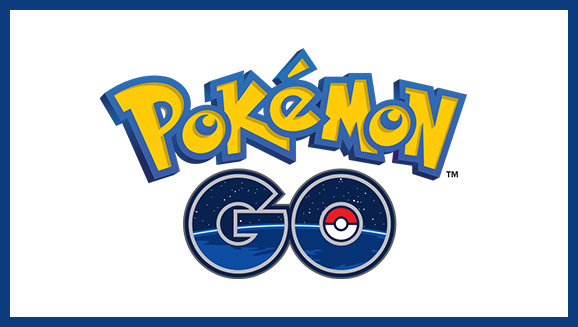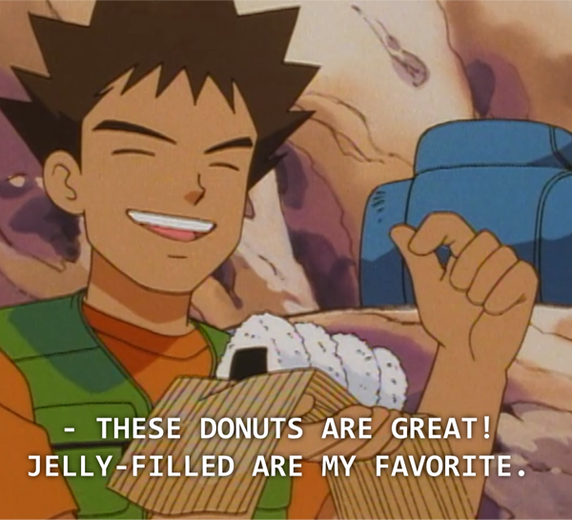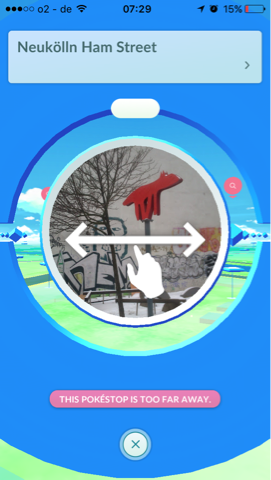How the Japanese anime giant went global...
Since the debut of Pokémon GO last week, news feeds have been blowing up with articles written by the franchise’s fans, haters and those who couldn’t care less. This coming just months after
a protest in Hong Kong where disgruntled fans expressed their disproval of Pokémon’s decision to rename Pikachu from Cantonese "Beikaciu" to Mandarin "Pikaqiu" in an attempt to unify Pokémon localization for all Chinese markets. Despite this minor kerfuffle, Pokémon’s international expansion since its initial success in Japan is a great example of effective product localization and cultural adaptation.
If you’ve heard a few names of Pokémon, you know that each name more or less contains some defining characteristic of that specific Pokémon. For example, a water-bound turtle Pokémon is named Squirtle while a bird-looking Pokémon is Pidgey. Clearly the names are derived from the English words “squirt” and “pigeon,” but what about Pokémon names in places where English is not spoken?
Almost each Pokémon was carefully renamed in each language to include a unique characteristic in that language. For example, an American kid playing Pokémon might be stoked to catch the rock-looking Geodude, while their counterpart in Germany would check off Kleinstein, or lit. Little stone, from their list. There are exemptions to renaming however. The name of the most popular Pokémon, Pikachu, has not swayed from its original name and remains Pikachu or something very similar in all languages.
Video game and media localization often times expands its reach beyond text. Originally, former Nintendo president Hiroshi Yamauchi called for the redrawing of many Pokémon with fears that western audiences would not buy in to the cute appearance of many Pokémon but was refused. It’s hard to say whether or not localized Pokémon images would do better per locale, but it certainly would make future games, TV shows, spin offs, and other Pokémon merchandise more labor intensive and costly. There is a fine line between the appropriate degree of localization and over-localizing a product where it financially doesn’t make much sense.
The new mobile app game Pokémon GO is an interesting example of recycled localization creations from previous versions with new challenges due to the hyper-locale nature of the game. There is evidence to suggest that the game map is machine translated for each language. The street “Schinkestraße” in Berlin appears as “Ham Street” in English (“schinken” means “ham” in German). The fact that the translation does not keep a proper noun, such as a road name, points us to the belief that the text was machine translated without much review. Without the help of a machine, translating each Pokéstop would be an extremely massive undertaking even with many, many translators and limitless budget.





